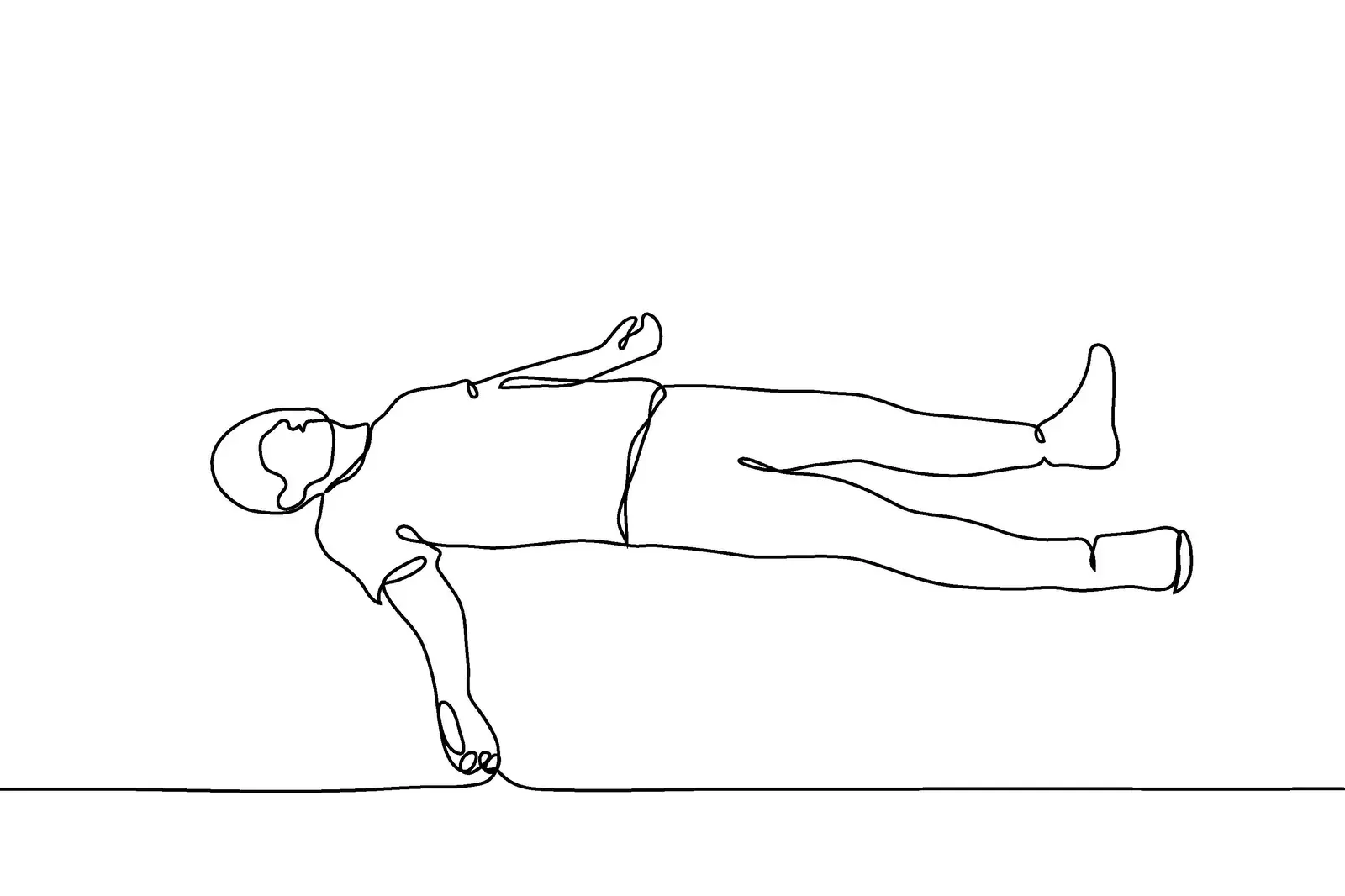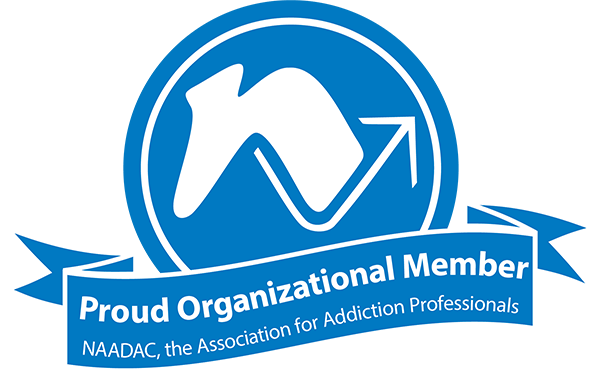opioid addiction
Table of Contents
Key Points
- Can you overdose on Xanax?
- What are the signs?
- What should you do in an emergency?
- How can you use Xanax safely?
Xanax can be dangerous in high doses, especially when mixed with alcohol or other drugs that slow down your breathing and heart rate. Many people don’t realize how quickly tolerance builds with this medication, leading them to take increasingly larger amounts to feel the same calming effects. An overdose can happen accidentally or intentionally, and knowing the warning signs could mean the difference between life and death in a crisis.
What is Xanax?
Xanax is the brand name for alprazolam, a prescription medication that belongs to a class of drugs called benzodiazepines.[1] This medication works by enhancing the effects of a neurotransmitter called GABA in your brain, which naturally helps calm nerve activity and reduce excessive brain stimulation. Xanax comes in various forms, including immediate-release tablets, extended-release tablets, and liquid solutions, with dosages typically ranging from 0.25 mg to 2 mg per tablet.
The medication acts quickly in your system, typically taking effect within 15 to 30 minutes after administration, with peak effects occurring approximately one to two hours later.[2]
Xanax has a relatively short half-life compared to other benzodiazepines, meaning it leaves your system faster but may also lead to more frequent dosing throughout the day. The drug affects your central nervous system by slowing down brain activity, which can significantly impact your coordination, memory, and decision-making abilities while it’s active in your body.
What Is It Used For?
Healthcare providers prescribe Xanax for conditions where excessive anxiety or nerve activity interferes with daily functioning and quality of life:[3]
- Generalized anxiety disorder: Treats persistent, overwhelming worry and anxiety that lasts for months and disrupts normal activities.
- Panic disorder: Manages sudden, intense episodes of fear that come with physical symptoms like rapid heartbeat and shortness of breath.
- Anxiety associated with depression: Helps reduce anxiety symptoms that often occur with major depressive episodes.
- Social anxiety disorder: Sometimes prescribed for severe social phobias that prevent people from participating in work or social situations.
- Agoraphobia: A condition characterized by an intense fear of being in situations where escape might be intricate or help is unavailable.
- Short-term anxiety relief: Offers temporary relief during highly stressful life events, such as medical procedures or significant life changes.
- Insomnia related to anxiety: Occasionally prescribed when anxiety prevents sleep, though this isn’t a primary approved use.
- Alcohol withdrawal symptoms: Used in medical settings to help manage dangerous withdrawal symptoms under close supervision.
Can You Overdose on Xanax?
Yes, you can overdose on Xanax, though fatal overdoses from Xanax alone are relatively uncommon.[4] The danger increases significantly when Xanax is combined with other substances that depress the central nervous system, particularly alcohol, opioids, or other benzodiazepines. These combinations can cause your breathing and heart rate to slow to dangerous levels, potentially leading to coma or death.
Xanax overdose symptoms include extreme drowsiness, confusion, slurred speech, loss of coordination, slow or shallow breathing, and loss of consciousness. The risk of overdose is higher for people who have built up tolerance to the medication, elderly individuals, those with liver or kidney problems, and anyone mixing Xanax with other depressant substances. Even taking prescribed doses can become dangerous if you drink alcohol or take other medications that interact with benzodiazepines.

If you suspect someone has overdosed on Xanax, call emergency services immediately. Quick medical intervention can reverse the effects using medications like flumazenil, but professional medical care is essential for monitoring breathing, heart function, and other vital signs during the recovery process.
Signs of a Xanax Overdose
Recognizing the signs of a Xanax overdose can help you get life-saving medical help quickly, as symptoms can progress rapidly:[5]
- Extreme drowsiness: The person becomes unusually sleepy and finds it difficult to stay awake or remain alert.
- Confusion and disorientation: Severe mental fog, inability to think clearly, or not knowing where they are or what’s happening.
- Slurred speech: Words become unclear, mumbled, or incomprehensible even when the person tries to speak normally.
- Loss of coordination: Stumbling, falling, inability to walk straight, or difficulty performing simple tasks.
- Slow or shallow breathing: Breathing becomes noticeably slower, weaker, or irregular.
- Blue lips or fingernails: Skin color changes indicating lack of oxygen in the blood.
- Muscle weakness: Arms and legs become limp or extremely weak, making movement difficult.
- Loss of consciousness: Person becomes unresponsive, unconscious, or falls into a coma-like state.
- Slow heart rate: Pulse becomes unusually slow or weak.
- Memory problems: Severe short-term memory loss or inability to form new memories during the episode.
What Should You Do in a Xanax Overdose Emergency?
Call 911 immediately if you suspect someone has overdosed on Xanax — don’t wait to see if symptoms improve on their own. Time is critical in overdose situations, and professional medical intervention can be the difference between life and death. While waiting for emergency responders, stay with the person and try to keep them awake and responsive by talking to them or gently shaking their shoulders.
If the person is unconscious but breathing, place them in the recovery position on their side to prevent choking if they vomit. Never leave someone alone during a suspected overdose, and don’t try to make them vomit or give them food or drinks. Gather any medication bottles or substances they may have taken to show the paramedics, as this information helps medical professionals provide the most effective treatment.
Be honest with emergency responders about what substances the person took, including any alcohol or other drugs mixed with Xanax. Medical professionals need accurate information to provide proper care, and they’re focused on saving lives, not judging anyone’s drug use.[6] Stay calm and provide clear answers about when symptoms started, what medications were involved, and any changes you’ve noticed in the person’s condition.
Taking Xanax Safely
Follow your doctor’s exact dosing instructions and never take more Xanax than prescribed, even if you feel like it’s not working well enough. Your body builds tolerance to this medication quickly, which might make you think you need higher doses, but increasing the amount on your own significantly raises your overdose risk. Take Xanax exactly as directed and talk to your healthcare provider if you feel like you need dosage adjustments.
Never mix Xanax with alcohol or other drugs that slow down your central nervous system. This combination is extremely dangerous and accounts for most serious Xanax overdoses. Even small amounts of alcohol can amplify Xanax’s effects and lead to breathing problems or unconsciousness.
Store your medication securely and keep track of how many pills you have left. Don’t share Xanax with friends or family members, as the dosage that works for you could be dangerous for someone else. Dispose of unused pills properly through pharmacy take-back programs rather than keeping them at home.
Tell your doctor about all other medications you’re taking, including over-the-counter drugs and supplements, since many substances can interact with Xanax. Regular check-ins with your healthcare provider help ensure the medication remains safe and effective for your specific situation. If you want to stop taking Xanax, work with your doctor to taper off gradually rather than quitting suddenly, as abrupt discontinuation can cause dangerous withdrawal symptoms.







